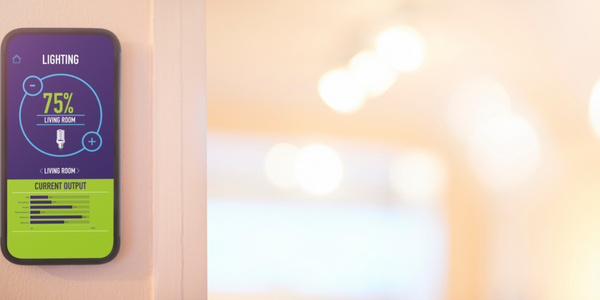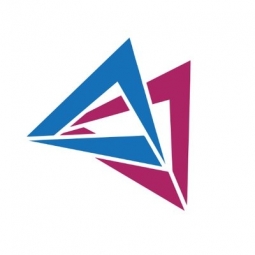Download PDF
Automated Test Platform for IoT Lighting Systems: A Case Study

Technology Category
- Networks & Connectivity - WiFi
- Sensors - Optical Sensors
Applicable Industries
- Equipment & Machinery
- Telecommunications
Applicable Functions
- Quality Assurance
Use Cases
- Experimentation Automation
- Smart Lighting
Services
- Testing & Certification
The Challenge
The customer, a US-based industry leader in lighting technology, had developed a proprietary wireless mesh networking protocol for their IoT-led outdoor lighting systems. These systems were used in various settings such as parking garages, airports, restaurants, and roadways. However, the functional testing of each wireless network for these diverse IoT devices became complex and adversely impacted the customer’s scalability and cost-effectiveness. The challenge was to build a test strategy that automated testing of their wireless outdoor lighting product line while sustaining the quality of their high-performance solutions.
The Customer
Customer is an unrivaled industry leader in lighting technology
About The Customer
The customer is a US-based industry leader in lighting technology. They offer a wide range of pioneering LED lighting and related solutions. They have developed a proprietary wireless mesh networking protocol for their IoT-led outdoor lighting systems. These systems are used in a variety of settings, including parking garages, airports, restaurants, and roadways. The customer's commitment to innovation and high-performance solutions has made them an unrivaled leader in their field.
The Solution
Softdel designed a highly intuitive automated testing engine to simulate testing for multiple units and systems in a controlled environment. This solution assisted in automated test execution, log file creation, and test report management. An intuitive visualization dashboard was also developed to provide detailed visual reports of testing results, key insights, and focus areas. Additionally, Softdel designed a defect tracking and reporting tool that automatically tracks and reported defects in the customer's outdoor lighting solutions. The technology used included wireless mesh networking, Python programming language, Pytest framework, JIRA for defect tracking, and TestRail for test case management.
Operational Impact
Quantitative Benefit
Related Case Studies.

Case Study
Smart Water Filtration Systems
Before working with Ayla Networks, Ozner was already using cloud connectivity to identify and solve water-filtration system malfunctions as well as to monitor filter cartridges for replacements.But, in June 2015, Ozner executives talked with Ayla about how the company might further improve its water systems with IoT technology. They liked what they heard from Ayla, but the executives needed to be sure that Ayla’s Agile IoT Platform provided the security and reliability Ozner required.

Case Study
IoT enabled Fleet Management with MindSphere
In view of growing competition, Gämmerler had a strong need to remain competitive via process optimization, reliability and gentle handling of printed products, even at highest press speeds. In addition, a digitalization initiative also included developing a key differentiation via data-driven services offers.

Case Study
Predictive Maintenance for Industrial Chillers
For global leaders in the industrial chiller manufacturing, reliability of the entire production process is of the utmost importance. Chillers are refrigeration systems that produce ice water to provide cooling for a process or industrial application. One of those leaders sought a way to respond to asset performance issues, even before they occur. The intelligence to guarantee maximum reliability of cooling devices is embedded (pre-alarming). A pre-alarming phase means that the cooling device still works, but symptoms may appear, telling manufacturers that a failure is likely to occur in the near future. Chillers who are not internet connected at that moment, provide little insight in this pre-alarming phase.

Case Study
Premium Appliance Producer Innovates with Internet of Everything
Sub-Zero faced the largest product launch in the company’s history:It wanted to launch 60 new products as scheduled while simultaneously opening a new “greenfield” production facility, yet still adhering to stringent quality requirements and manage issues from new supply-chain partners. A the same time, it wanted to increase staff productivity time and collaboration while reducing travel and costs.

Case Study
Integration of PLC with IoT for Bosch Rexroth
The application arises from the need to monitor and anticipate the problems of one or more machines managed by a PLC. These problems, often resulting from the accumulation over time of small discrepancies, require, when they occur, ex post technical operations maintenance.

Case Study
Robot Saves Money and Time for US Custom Molding Company
Injection Technology (Itech) is a custom molder for a variety of clients that require precision plastic parts for such products as electric meter covers, dental appliance cases and spools. With 95 employees operating 23 molding machines in a 30,000 square foot plant, Itech wanted to reduce man hours and increase efficiency.





